In the mesmerizing world of big cats, the question of social behavior brings forth fascinating distinctions. While some big cats roam their territories alone, others thrive in the company of a group. Understanding these social structures not only garners appreciation for their unique lifestyles but also sheds light on the evolutionary paths that have led to such diversity. Journey with us as we explore the factors shaping the solitary and social lives of these majestic felines.
The Solitary Nature of Some Big Cats
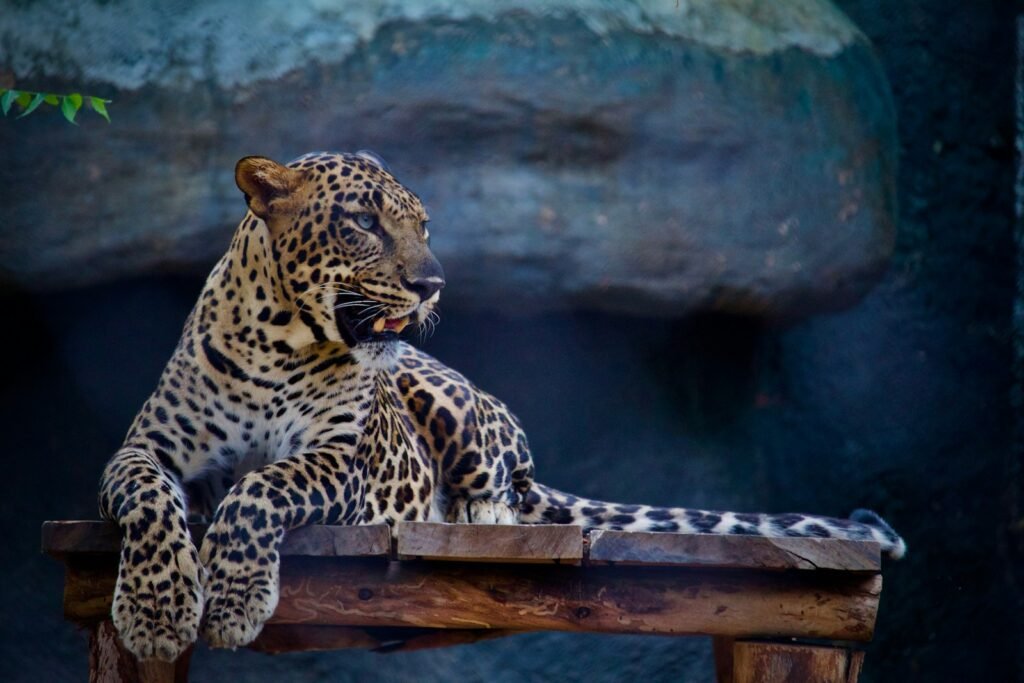
Certain big cats, such as tigers and leopards, have developed solitary lifestyles. This preference is largely rooted in their need for large amounts of space to hunt and support themselves. These cats mark their territories with scent marks and scratches to prevent encounters with other cats, ensuring they have enough prey and resources for survival. Solitude thus becomes a strategy for minimizing competition for food and mates.
The Benefits of Group Living for Some Big Cats

Lions are the most notable example of social big cats, living in groups known as prides. This social structure supports cooperative hunting and protection against intruders. Females in a pride work together to rear young, hunt, and defend their territory, offering enhanced survival prospects. By living in groups, lions can tackle larger prey and successfully defend their territory from rival coalitions.
The Role of Habitat and Prey in Social Structure

The environment significantly influences whether big cats live alone or in groups. In dense forests with ample prey and cover, solitary behavior is favored, as seen in tigers and jaguars. Conversely, open savannas with less predictable prey availability encourage group living among lions, allowing them to efficiently hunt large herbivores.
Communication and Territoriality
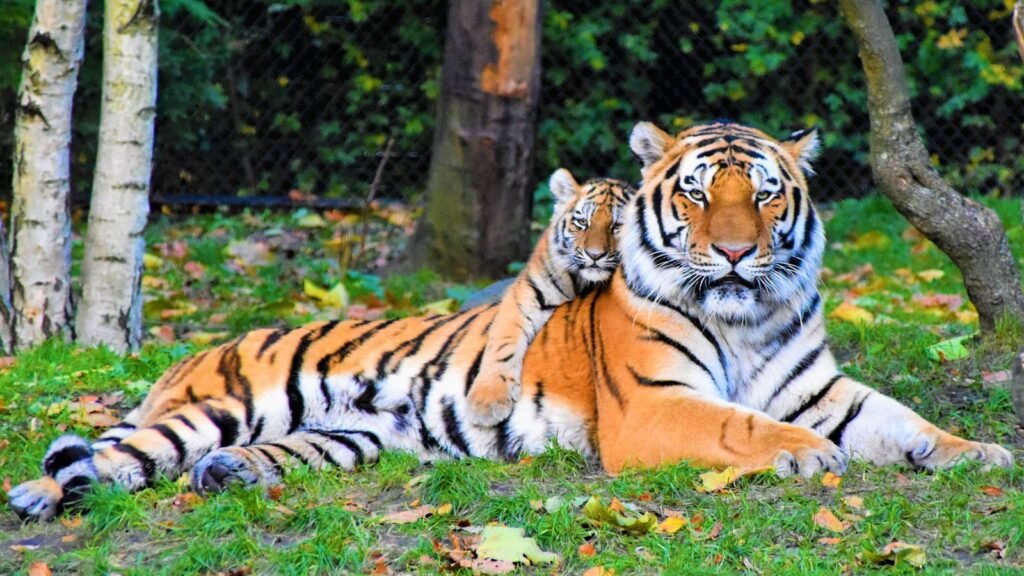
Solitary cats rely heavily on scent and vocalizations to communicate and maintain their territories. Marking territory with urine and vocal signals helps avoid direct confrontations. In contrast, social big cats like lions utilize roars to communicate within the pride and with neighboring groups, reinforcing social bonds and territorial claims.
Reproductive Strategies and Parenting
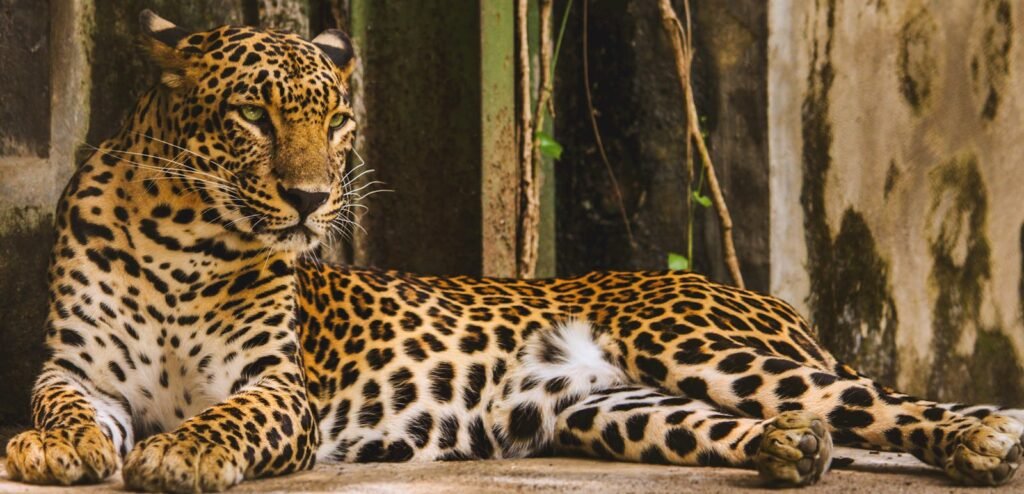
For solitary big cats, mating encounters are brief and solitary mothers are solely responsible for raising cubs. This independence allows females to choose timing for mating and territory use without competition from other males. In prides, lionesses synchronously give birth, which fosters communal cub-rearing, enhancing cub survival rates through shared responsibilities.
Evolutionary Perspectives on Social Behavior
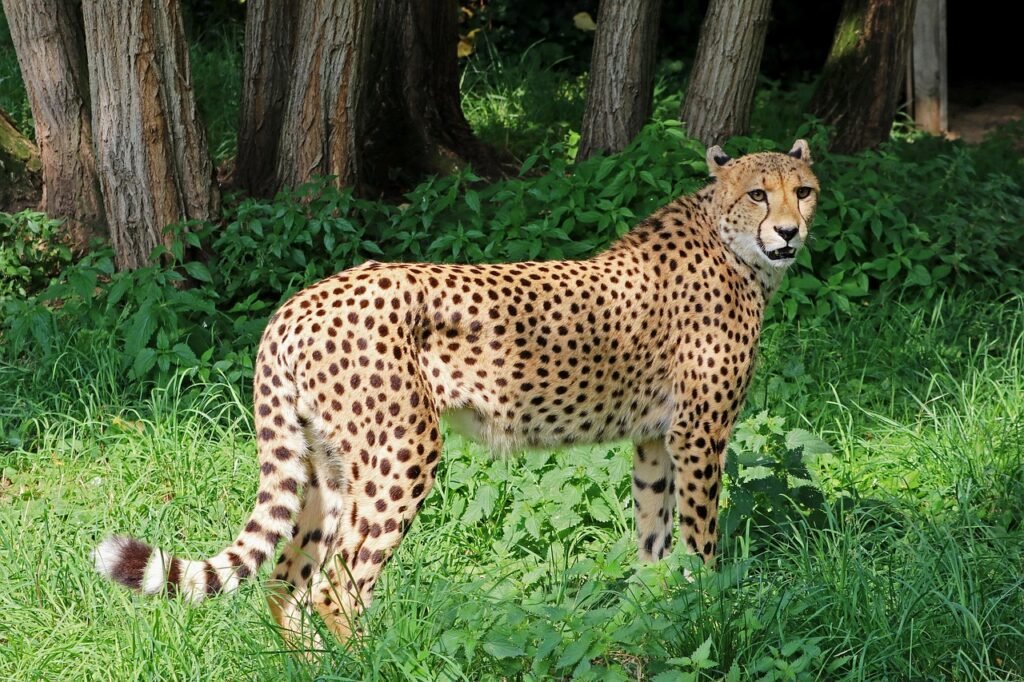
The evolutionary pathways of big cats illustrate the balance between solitary and group living as responses to environmental pressures and resource availability. Solitary lifestyles may have evolved in environments where stealth and individual hunting skills are paramount, while social living emerges where cooperation provides a clear survival advantage.
Impact on Conservation and Human Interaction

Understanding the social structures of big cats is vital for conservation efforts and human-wildlife conflict resolution. Solitary cats often have larger territories, necessitating more extensive conservation areas. In contrast, group-living cats require policies that support the social dynamics within prides. Understanding these dynamics can inform practices that minimize conflicts in shared landscapes.
Conclusion: Appreciating the Diversity of Big Cat Social Structures
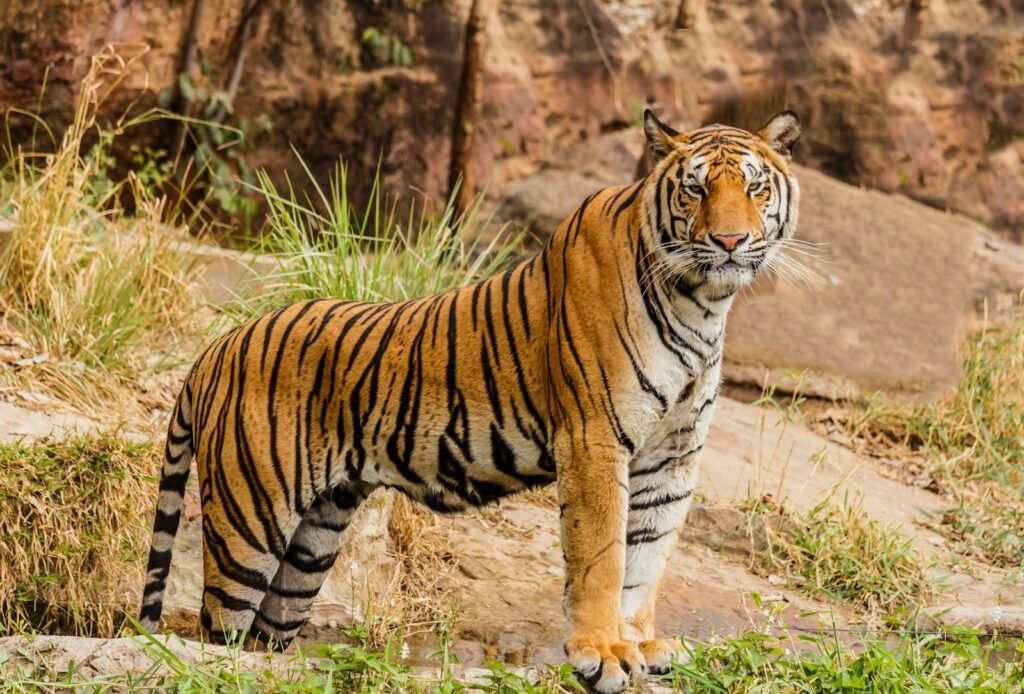
The solitary and social lives of big cats offer a glimpse into their adaptive strategies for survival in diverse environments. Recognizing these behaviors enriches our understanding and appreciation of these captivating creatures. Whether a solitary tiger prowls the dense forest or a pride of lions roams the savanna, each lifestyle reflects a finely tuned balance with nature, highlighting the rich tapestry of life in the animal kingdom.
Hi, I’m Bola, a passionate writer and creative strategist with a knack for crafting compelling content that educates, inspires, and connects. Over the years, I’ve honed my skills across various writing fields, including content creation, copywriting, online course development, and video scriptwriting.
When I’m not at my desk, you’ll find me exploring new ideas, reading books, or brainstorming creative ways to solve challenges. I believe that words have the power to transform, and I’m here to help you leverage that power for success.
Thanks for stopping by, Keep coming to this website to checkout new articles form me. You’d always love it!






